Do you want an energy efficient home? Buying a new home requires a critical eye to evaluate the energy efficiency and embodied carbon of a home’s building products. Here are some of the most important parts of the house to consider.
Looking for an energy efficient home?
When we talk buying a new home, we immediately start talking smart building products. And smart to us means more than just made with environmentally-friendly practices. They are products that also are made with energy efficiency in mind. This means that they will help save you money and adding comfort for your family.
Also, consider buying energy-efficient devices, such as home routers coupled with the best internet availability by address. You can check an appliance’s energy efficiency by the efficiency rating given by your national standard’s board.
What are energy efficient home products?
Buying a new home can be challenging, especially if your goal is to have an energy efficient home. So here are few tips to help get your started in evaluating the major products in your next home.
HVAC System
One of the most expensive parts of a home to replace is the HVAC system, so make sure to ask about ENERGY STAR and efficiency ratings on the furnace, air conditioning unit, boilers and heat pumps in any home you look at. Ideally when you are buying a new home, you want green building products that have the “ENERGY STAR Most Efficient” designation.
This special classification recognizes the most efficient products in these categories, which can help you save on energy bills. A second inspection by an HVAC professional may also pay for itself in a few months of utility bills. HVAC systems are often over or undersized.
Ductwork that’s too small takes a trained eye to spot. In other words, even if a furnace’s rating is 98 percent efficient, if the ducts it runs into are too small the unit will never run at peak efficiency — and you’ll pay for it in your utility bills.
Entry door
As you look at the home’s main entry door, check the front door. If it feels hot or cold, there may not be enough adequate insulation in its construction (often the case with older homes). And, look carefully at the weatherstripping to make sure it has not worn out, which can cause air leakage.
Siding
Look carefully at all sides of the home exterior to see if there is any rotting, warpage, loose or missing pieces or signs of termite damage on the siding. A properly installed cladding should provide years of low-maintenance, comfort and quiet service.
Windows
Determine when the windows were last replaced in the home and what type of framing material is used. One way to tell their age is to operate them. They should open, close and lock smoothly.
Trim
Examine the trimwork, porch railings, shutters, louvers and other exterior decorative features on the home. If these are poorly installed, not well-cared for, or made with substandard products, you may find signs of rotting, insect infestation or that they’re just plain ugly. Anything left outdoors and in the weather likes a little TLC now and again, a deck, a car, the driveway.
Roof
Look up at the roof and search for curling, broken, missing or fading shingles. Ask about the age and material of the roof, and about the roof’s warranty. There are a lot of terrific roofing option out there beyond the typical shingle. It pays to look into it both from an energy perspective and a “I like seeing this when I come home every day’ perspective.
Typically, if you are unsure what to choose or which is the best option for an energy-efficient roof, it’s best to consult a professional. After all, roofing falls under home insurance only if it’s done by a licensed pro. So, you may want to head to Google and search “roofer near me” to get help with an energy-boosting roof upgrade.
More energy efficient home advice
Beyond the major construction and architectural elements of a home, an energy efficient home also utilizes technology like radiant heat flooring, dual-flow toilets, and efficient lightbulbs. Beyond that, consider the orientation of the windows, closing heat vents to rooms you don’t use during the winter, and adding insulation in the attic to increase your home’s efficiency.
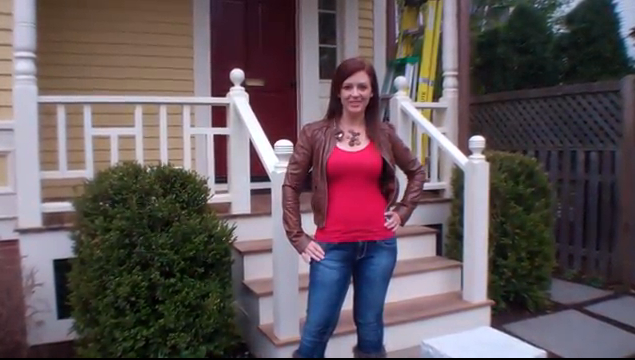

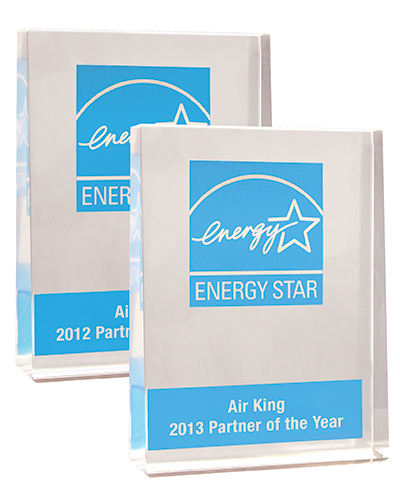

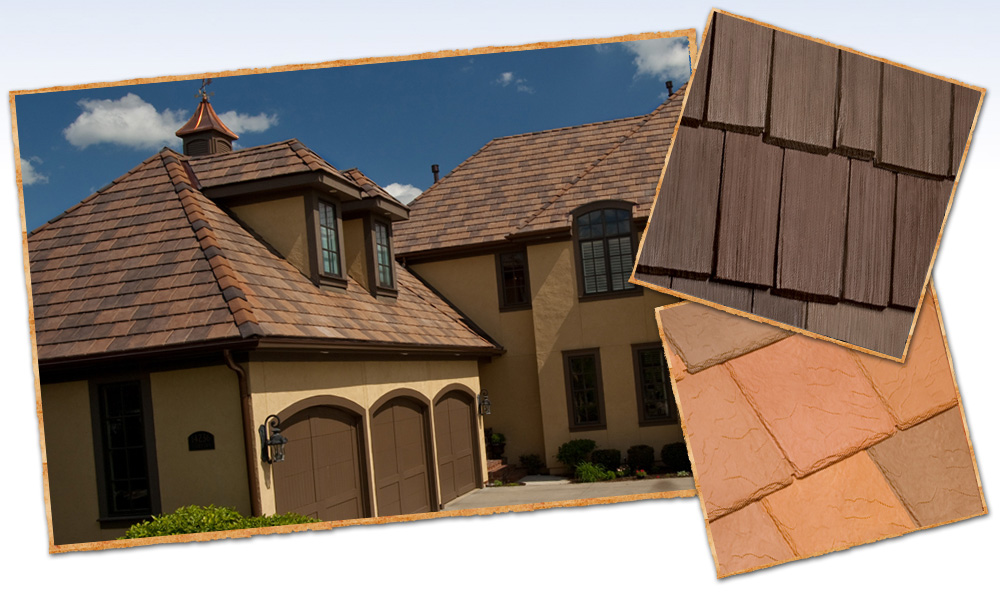
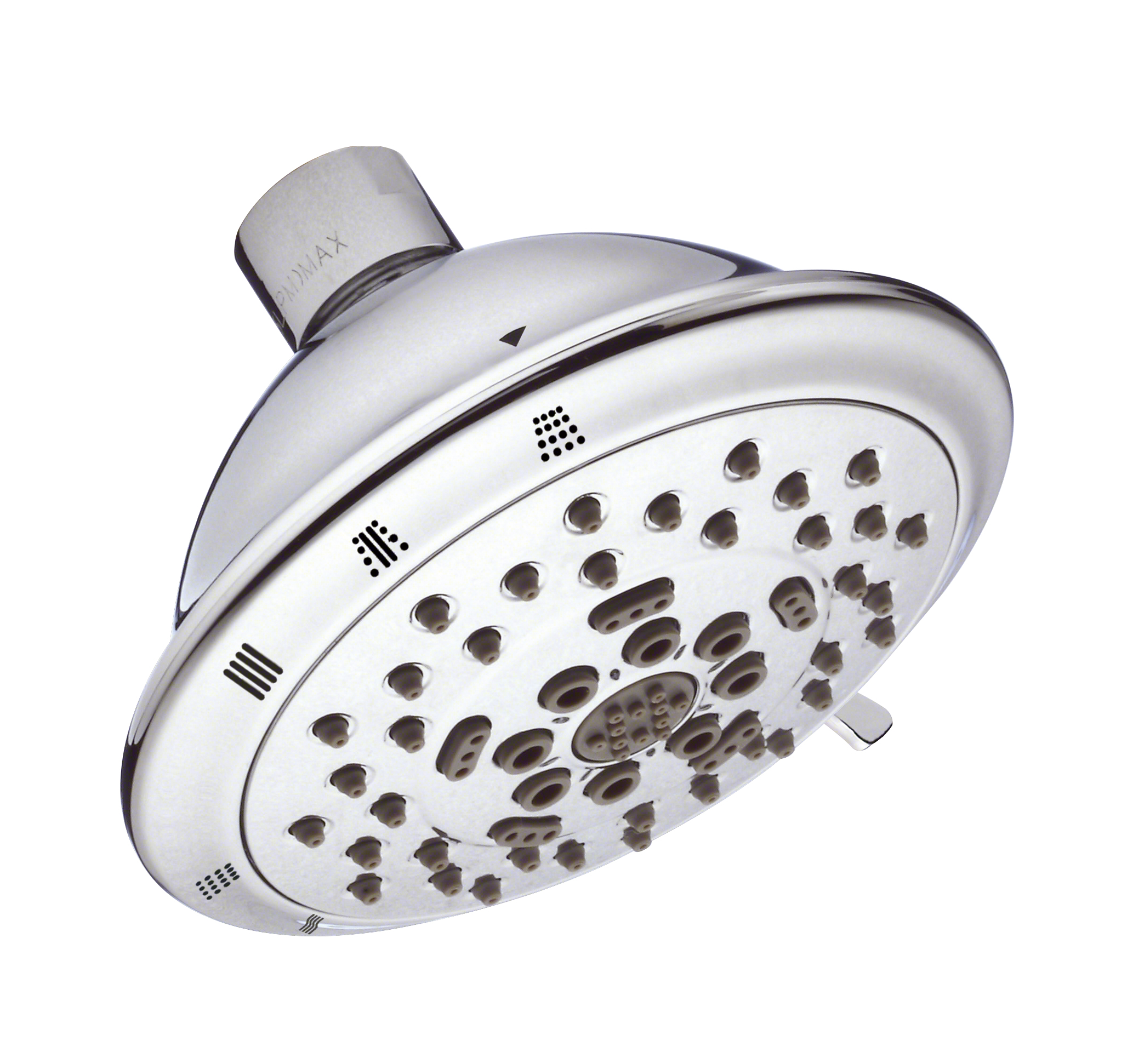

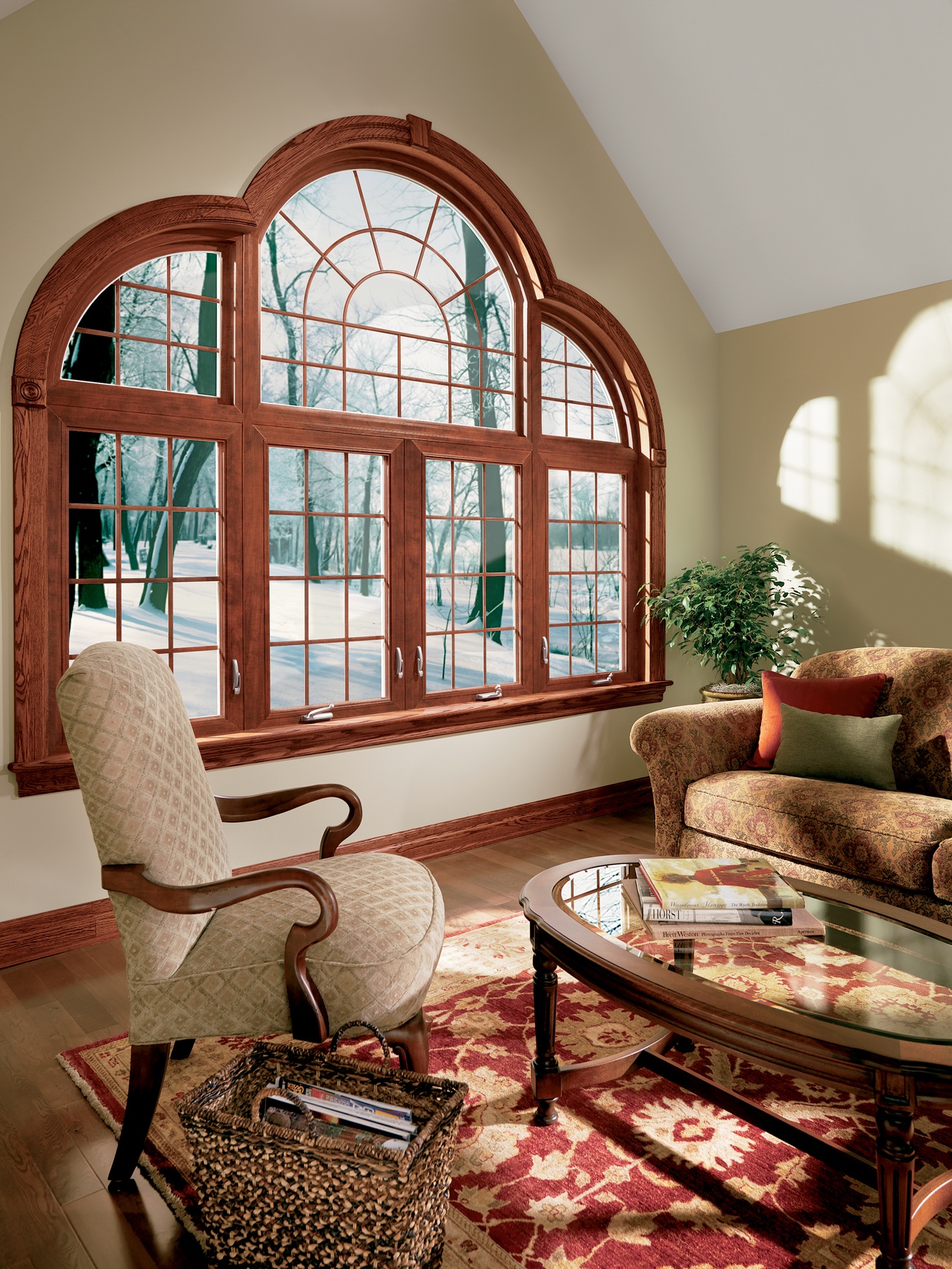
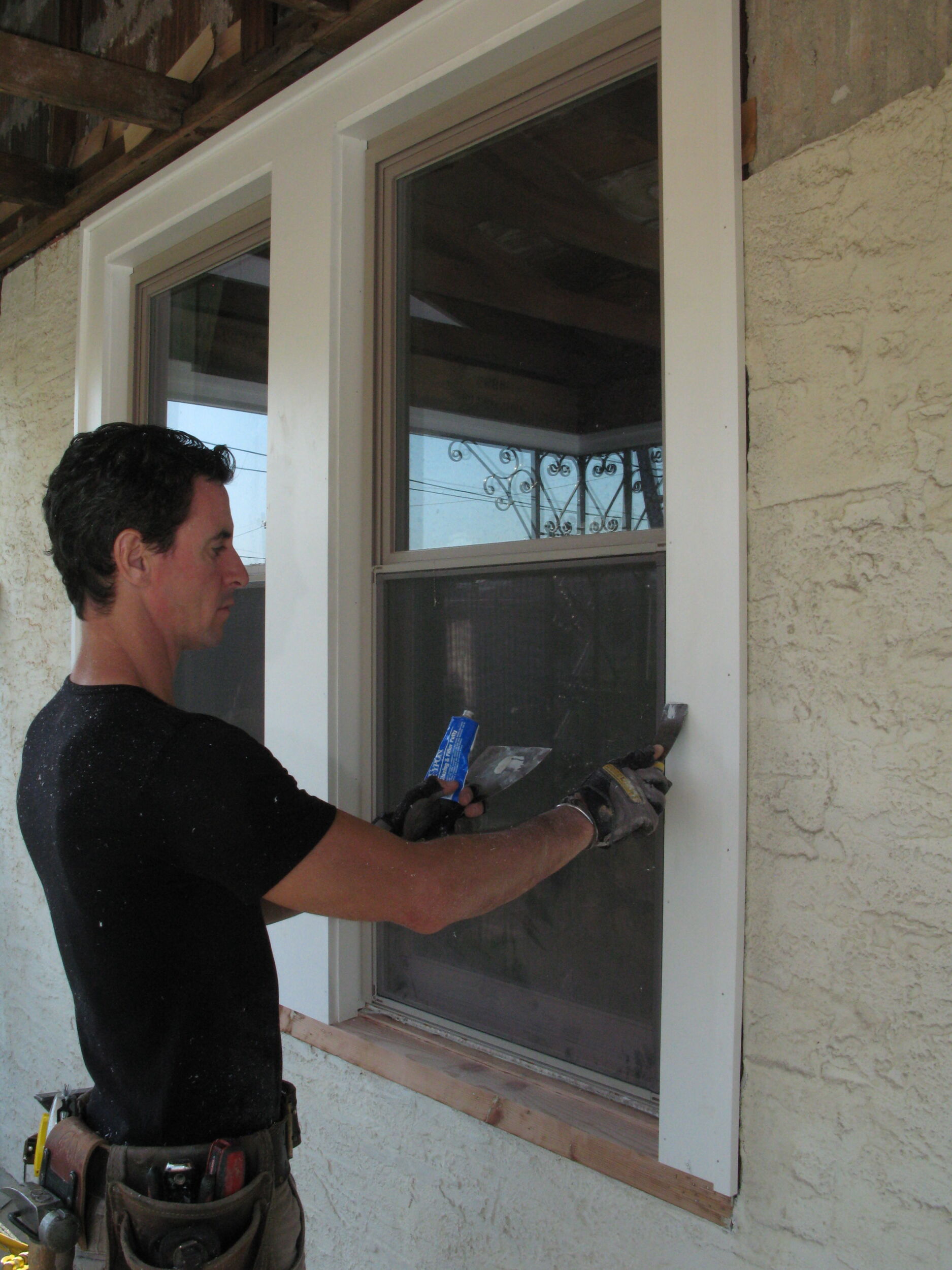

So lengthy as an insurer maintains adequate funds set aside for anticipated losses , the remaining
margin is an insurer’s revenue.
However, since about 1996 insurers have begun to take a more
lively role in loss mitigation, similar to by way of building codes.
Earthquake insurance insurance policies typically function a high deductible.
https://yoga-world.org
What’s up, I read your blog on a regular basis.
Your humoristic style is witty, keep up the good work!
There are many steps you can take to make your home energy efficient and help save you money. Talking with a professional builder on what you can do or changes you can make is for sure a good investment.
[…] it’s easier to keep your home more comfortable, beautiful, and energy efficient when you can keep the cool air where you want it. A system built door with integrated weather […]
Car Donation Programs…
[…]Buying a new home? Look for energy efficient products to save you money[…]…